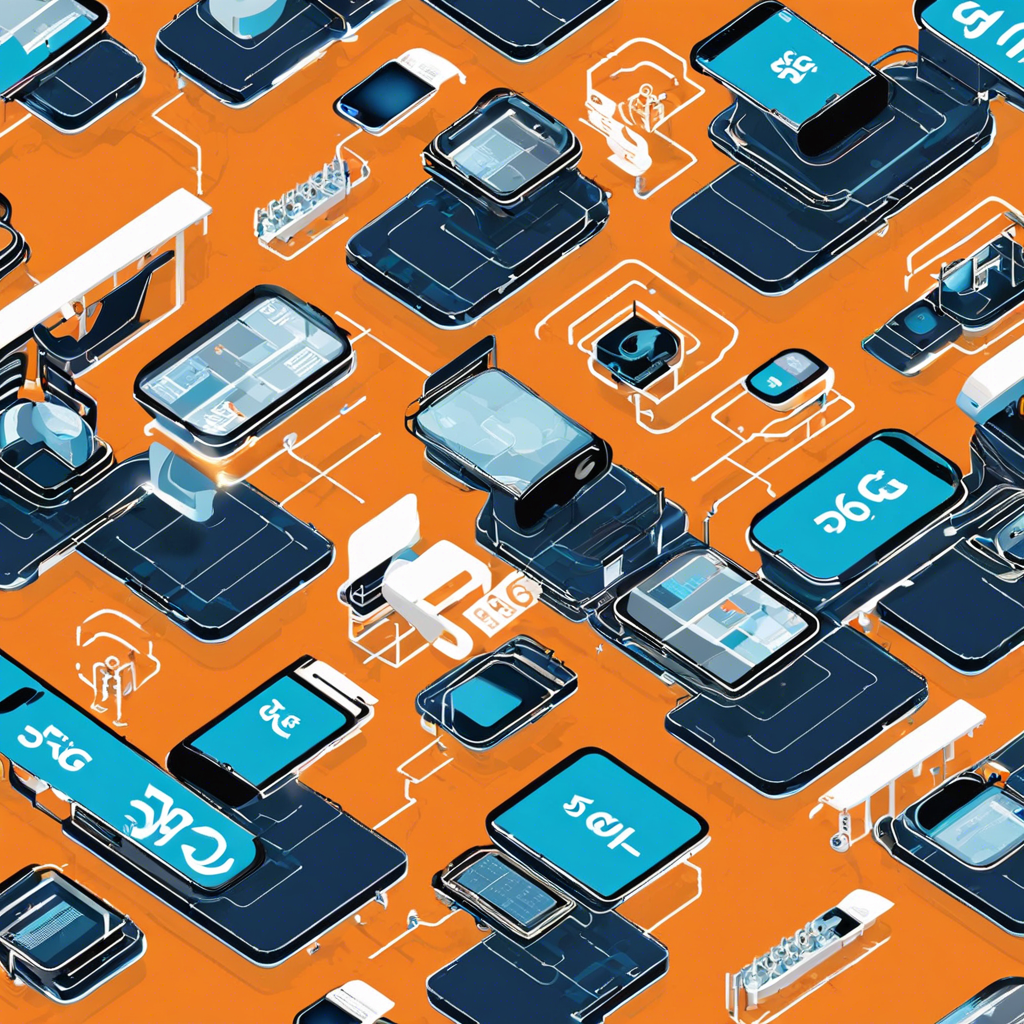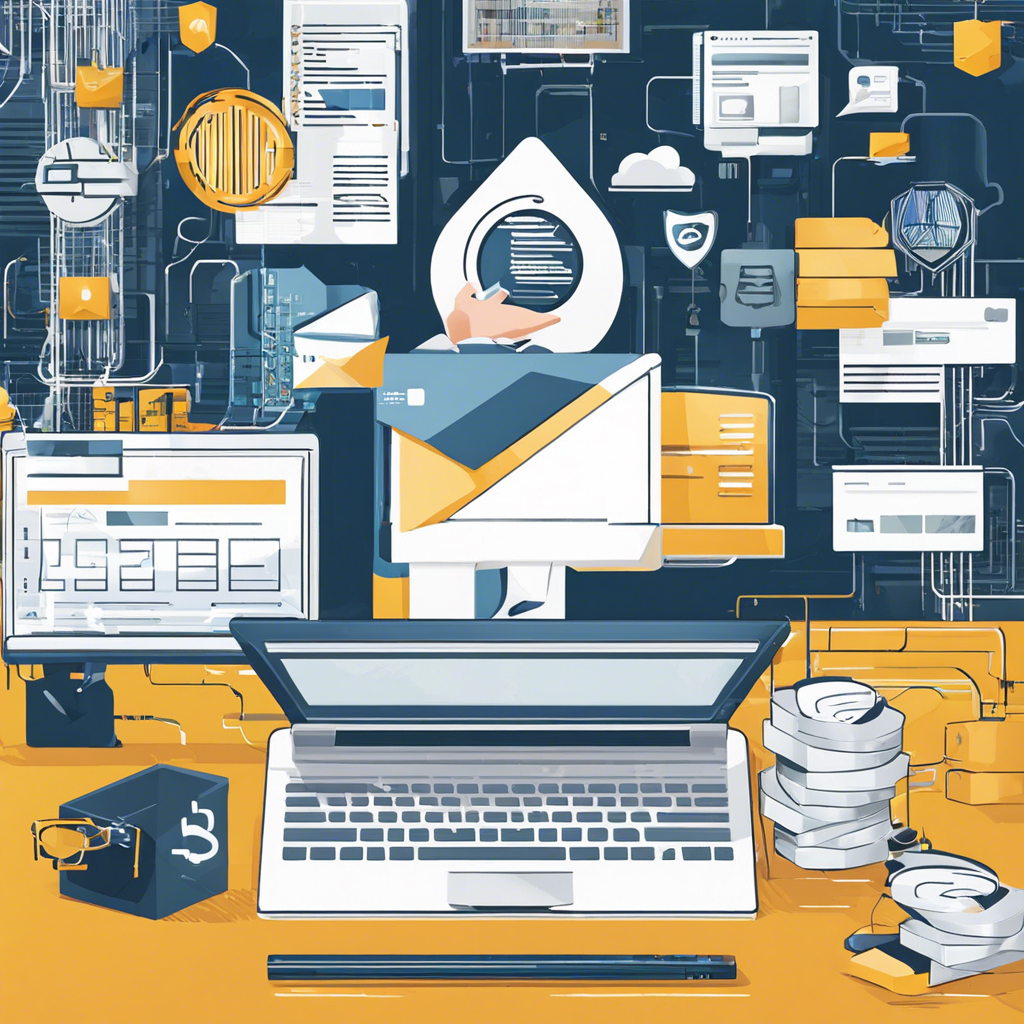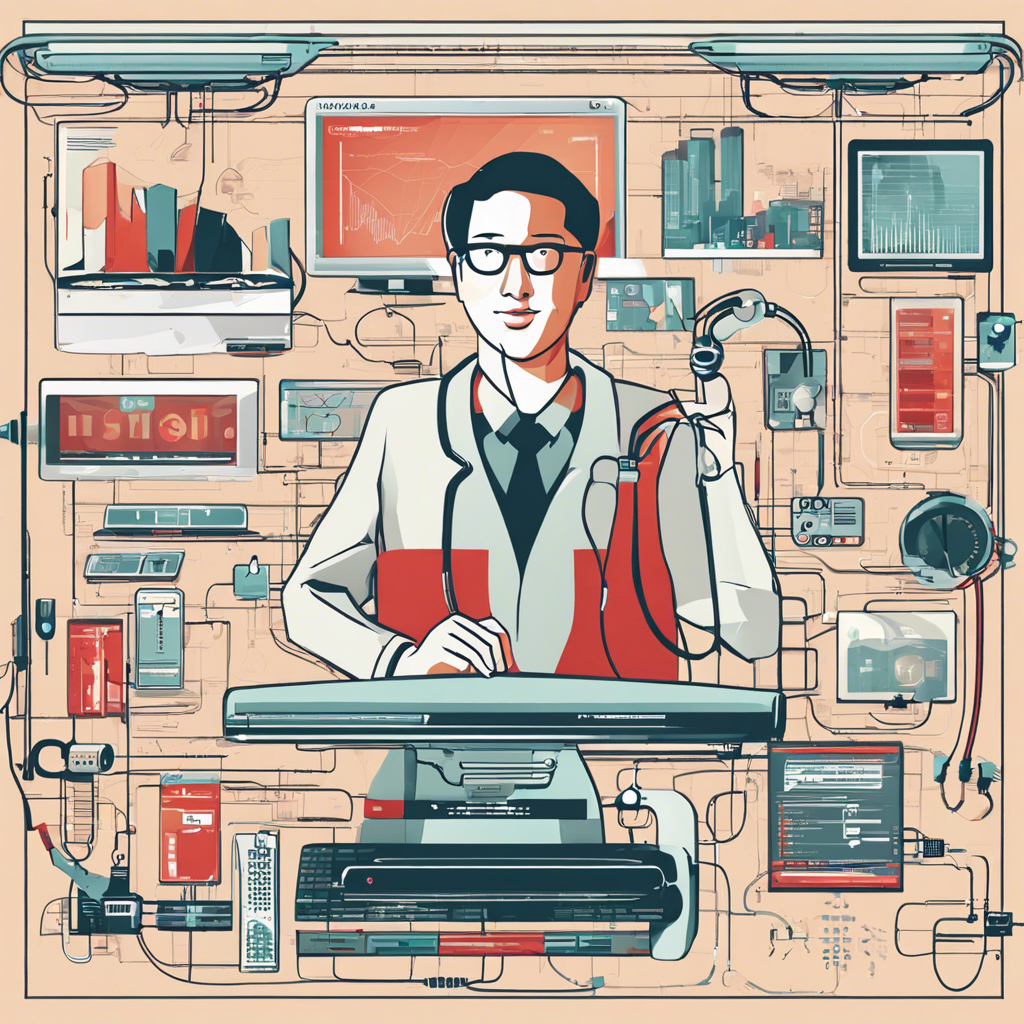Building your own PC can be a rewarding and cost-effective endeavor, allowing you to tailor your machine to your specific needs and preferences. Whether you’re a gamer, a content creator, or simply looking for a unique and powerful device, taking the DIY route has numerous advantages. But where do you even start?
Thankfully, the process is not as daunting as it may seem. With the right guidance and a bit of patience, anyone with a screwdriver and a willingness to learn can build their own custom PC. So, if you’re ready to take the plunge, here’s a step-by-step guide to help you through the process.
First things first: you’ll need to gather all the necessary components. This includes the central processing unit (CPU), motherboard, memory (RAM), storage (such as a solid-state drive or hard drive), power supply unit (PSU), and a case to house it all. You’ll also need a cooling solution, such as a CPU fan or liquid cooling system, and, of course, a graphics processing unit (GPU) if you plan on gaming or doing graphics-intensive tasks.
Once you’ve acquired all the parts, it’s time to get building. Start by placing the motherboard onto a clean work surface and installing the CPU and CPU fan. Then, insert the RAM modules into the corresponding slots, making sure they’re locked in securely. Next, you’ll want to mount the motherboard into the case, followed by the power supply.
Connect the power supply to the motherboard using the correct cable, and then do the same for any storage drives and the CPU cooling system. At this point, you can also connect any case fans and the GPU, ensuring they’re powered and communicating with the motherboard.
With the hardware all connected, it’s now time to add the operating system. You’ll need a bootable USB drive with your chosen OS installed, which you’ll plug into one of your PC’s USB ports. Turn on the PC and enter the BIOS to ensure that your PC boots from the USB drive. Then, follow the on-screen prompts to install your chosen operating system.
Once installed, you can begin the process of installing drivers. These are essential pieces of software that allow your operating system to communicate with the hardware. You can usually find these on the manufacturer’s website or via a driver installation tool.
Finally, you can now turn your attention to the software side of things. This includes things like productivity apps, games, and creative suites. You can also personalize your PC by changing the desktop background, installing a custom theme, or adjusting the sound settings to your liking.
And there you have it! Building your own PC is a rewarding process that saves you money and gives you a machine that’s tailored to your exact needs. Enjoy your new custom computer!


